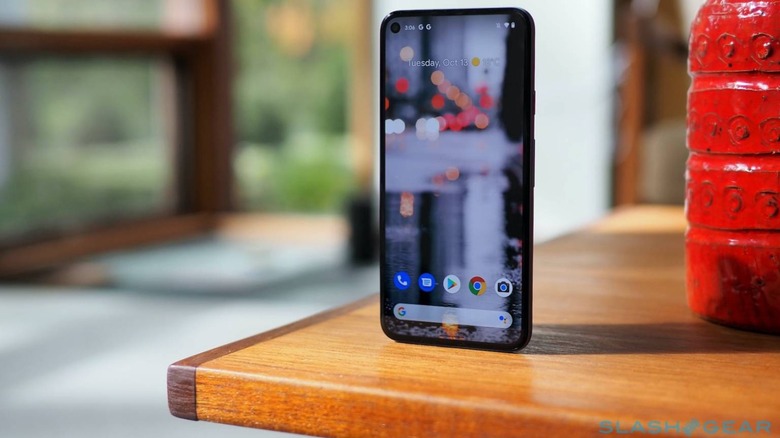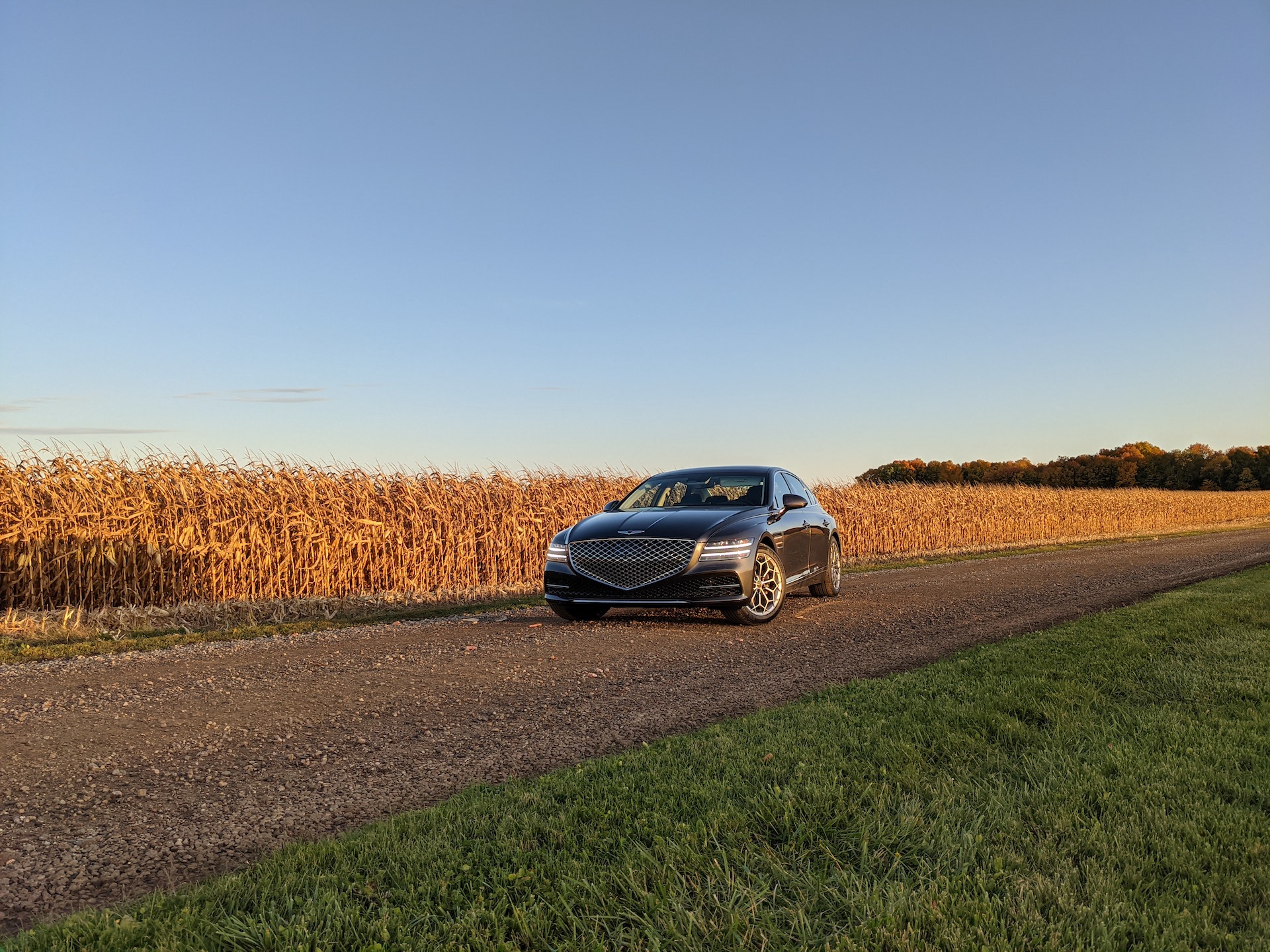Google Pixel 5 Review - Goodbye Gimmicks
The Pixel 5 has a lot to prove. Google's 2020 flagship not only needs to convince shoppers to open their wallets in an unusually challenging year, but demonstrate that the sins of last year's Pixel 4 are not to be repeated. If there was anything to give us confidence it could do that, it was the pitch-perfect Pixel 4a: now, the question is how much of that magic can rub off on the Pixel 5.
Side by side with recent flagships from Samsung and others, the Pixel 5 looks a little underwhelming, on pure specifications at least. Then again, it's also considerably cheaper. Starting at $699, it's half the list price of a Galaxy S20 Ultra.
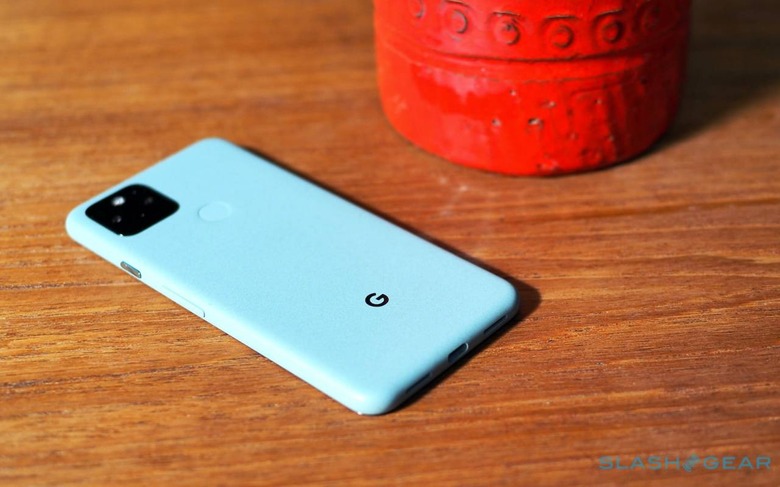
I give Google credit for stepping off the spec-sheet treadmill and thinking about what's actually important, beyond just being able to shout "latest and greatest!" at the highest volume. The decision to go with a Snapdragon 765G, for example, rather than an 8xx-series chipset, bets on Google's own pure Android efficiencies. Happily you get a healthy 8GB of RAM, which I suspect is more important day-to-day than pure CPU clock speed.
128GB of storage matches the cheaper Pixel 4a 5G, and since it's non-expandable you're stuck with the cloud if you need more space. Pixel 5 ships with Android 11 out of the box, and Google promises a minimum of three years of OS and security updates after that.
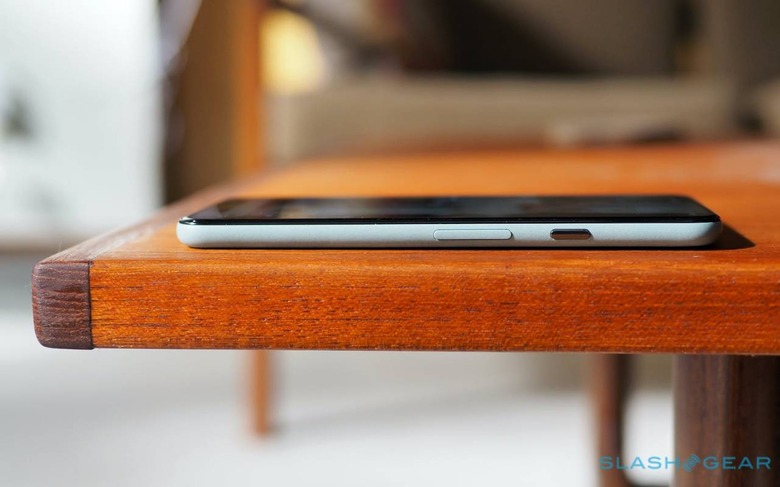
Officially, the Pixel 5 is made of aluminum with a bio-resin coating. In your hand, it feels a lot like plastic. Not cheap plastic, no, but definitely different to the glass-and-metal sandwich we're familiar with from other recent smartphones. The "Sorta Sage" of my review unit is an unexpectedly accurate description: in some lighting it looks like a pale green, while at other times it has more of a stony gray tone to it. I wish Google had added a third color – something bright, alongside the "Just Black" option – but I do like the chromed power button, and how nicely the whole thing fits in the hand. Smaller phones look to be making a comeback, and I know I'm not alone in being pleased about that.
There's a SIM tray on the left side, and the Pixel 5 supports eSIM too, along with Dual SIM Dual Standby (DSDS). It's worth noting that if you turn DSDS on you lose 5G support, however. A USB-C port on the bottom is the only physical connector: 3.5mm headphone fans are out of luck. Google doesn't include an adapter, either, or USB-C headphones in the box, just an 18W power adapter and cable.
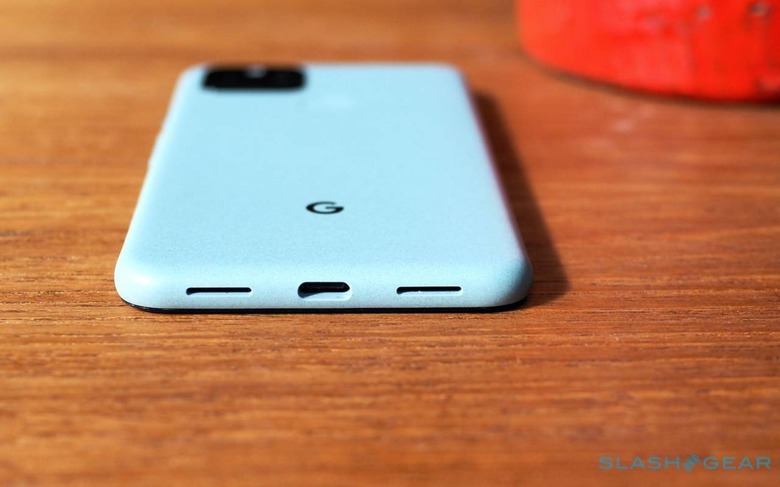
The Pixel 4's Soli chipset has been abandoned, and you get a fingerprint reader in a slight dimple on the rear. Both seem like good decisions to me: Soli felt like genius tech used for gimmicky features, sadly, while face-unlock systems are suddenly a lot less useful in these masked-up times. It's quick to unlock and seems to handle off-angle or partial taps well, which is more than I can say for most in-screen fingerprint sensors.
Flip over, and the 6.0-inch OLED display forces another decision. Slightly larger than the 5.81-inches of the Pixel 4a, but slightly smaller than the 6.2-inches of the Pixel 4a 5G, at 1080 x 2340 it has the same resolution and so falls in the middle with its 432ppi density. The contrast ratio is markedly better, however, and there's up to 90Hz refresh. The Pixel 5 can switch between 60Hz and 90Hz task-depending, though the 120Hz we've seen from other recent phones is beyond it. Still, graphics look smooth and scrolling is jag-free.
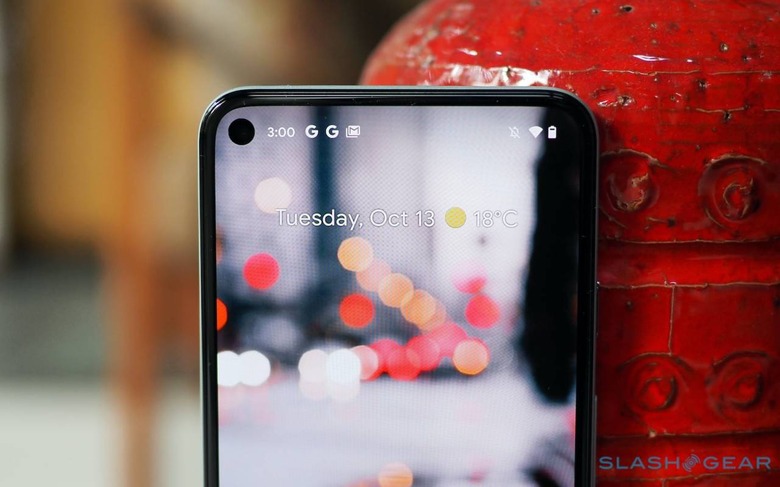
An 8-megapixel front-facing camera pokes through a hole in the upper left corner of the touchscreen. On the back, meanwhile, there's a 12.2-megapixel regular camera – familiar from earlier Pixel phones – and a new 16-megapixel ultra-wide, as on the Pixel 4a 5G. That has a 107-degree field of view.
Tastes vary, but I generally prefer a telephoto lens to an ultra-wide. Google's argument is that, with some algorithmic magic, it can craft pretty decent close-ups from what sensors the Pixel 5 does have. Indeed, computational photography remains a cornerstone of the Pixel strategy.
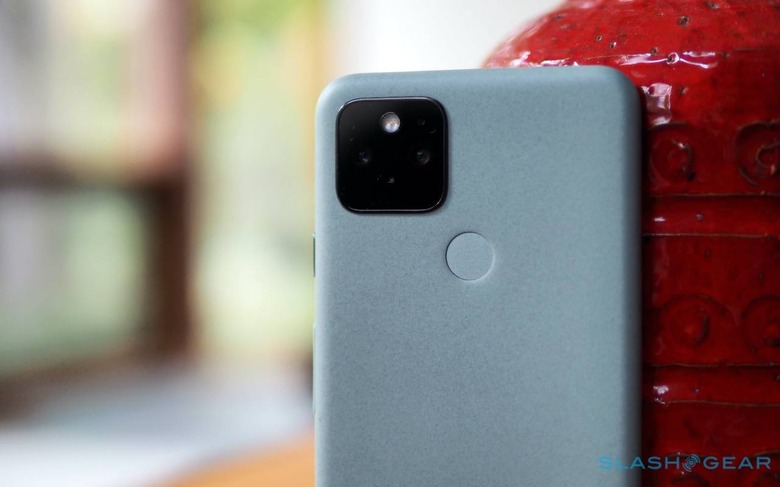
Other phones have more megapixels, or more sensors, or fancier optics. Google's argument has long been that anything hardware can do, software can emulate, and often surpass. For a while I wondered if the absence of the Neural Core would leave the Pixel 5 lacking on that front, but my fears proved unfounded.
Photos from the Pixel 5 are crisp, beautifully balanced, and very natural. There's none of the over-saturation, artificial smoothing, or obvious processing that some other phone cameras introduce. For day to day shots, the camera app loads quickly – you can double-press the power button to jump straight into it – and there's no sluggishness between back-to-back captures.
You can either pinch-zoom to flip between the sensors, or drag the zoom bar that appears when you tap and hold on the icons for the 0.6x, 1x, and 2x modes. Weirdly, if you drag up or down on those icons, you just flip between the three modes: for a smooth zoom, you have to press, wait a moment, and then drag. For the new ultra-wide camera, Google lobs in a little machine-learning powered adjustment to make faces look less stretched-out.
There are two big computational photography features Google has added this time around. The first is Portrait Light, which basically mimics the effect of having a moveable light source when you're taking portrait shots with background blur. As long as the image has depth data, the Pixel 5 can figure out how the light source you drag around would fall naturally across facial features or glasses.
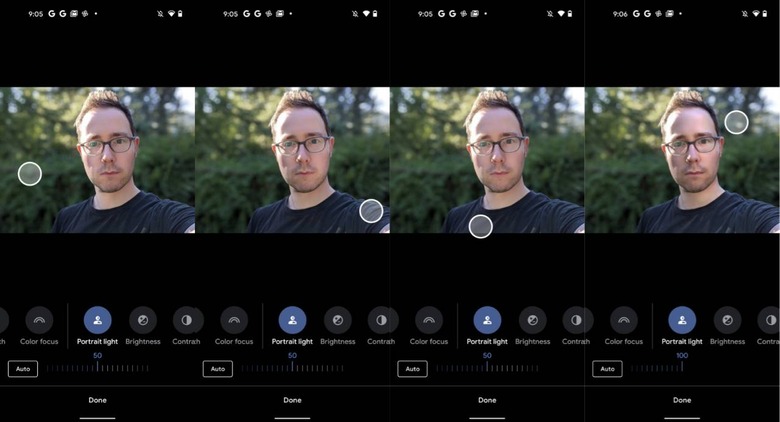
That also means you can adjust it not only in photos the Pixel 5 has taken, but any Portrait mode image you might have backed up to your Google Photos account. The overall effect can be subtle, but it's a neat way of showing the value of depth information.
The other big introduction is more of an expansion: Night Sight support in Portrait Mode. Google's low-light mode – which now activates automatically in low-light situations, as well as supporting manual switching – has always been impressive for how much detail it can pull out of nighttime scenes. Now, you can combine that with adjustable background blur, too.
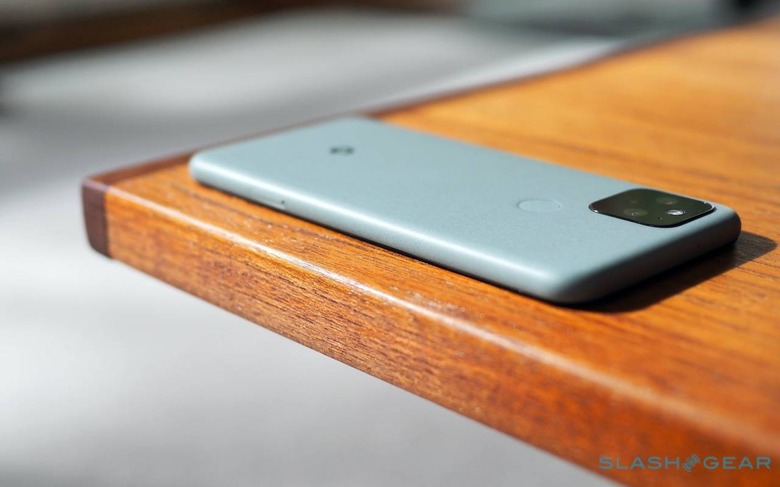
For video, the Pixel 4 tops out at 4K at 60fps, or 1080p at 240fps. The front camera can do 1080p/30. New here is a Cinematic Pan option, a subset of the image stabilization that promises to borrow more theatrical movements like pan and dolly.
That all sounds fancy, but what Google is basically doing is slowing the video down to half speed and then panning along the dominant axis, cropping in a little as necessary to smooth out shake. It looks pretty good, too, but it's worth noting that you don't capture audio at the same time.
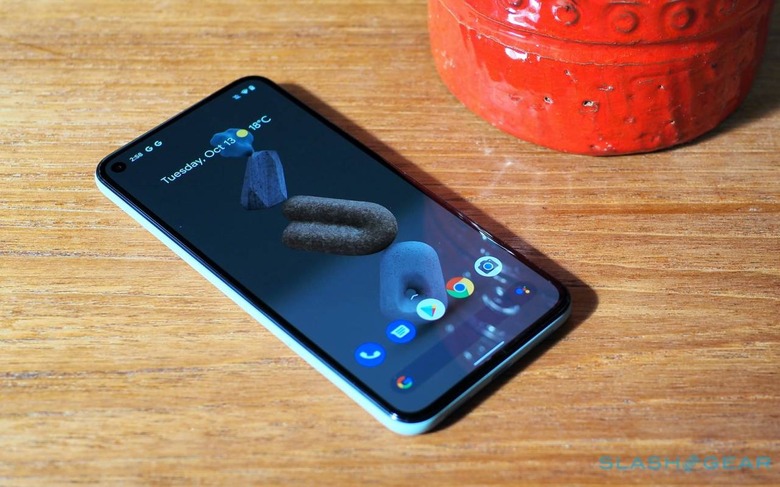
You get the same camera features – indeed, the same cameras – on the Pixel 4a 5G. Given Google's history there's no reason to believe those talents won't end up rolling out in some form to its older phones like the Pixel 4, too.
The same goes for new Android features, like Hold for Me and the updated Recorder app. The former aims to bypass tedious call-center hold music, the Google Assistant listening out for when it's a real human on the line rather than music or a recording that your call is important. When a person actually picks up, the Assistant will notify you it's time to jump back in yourself.
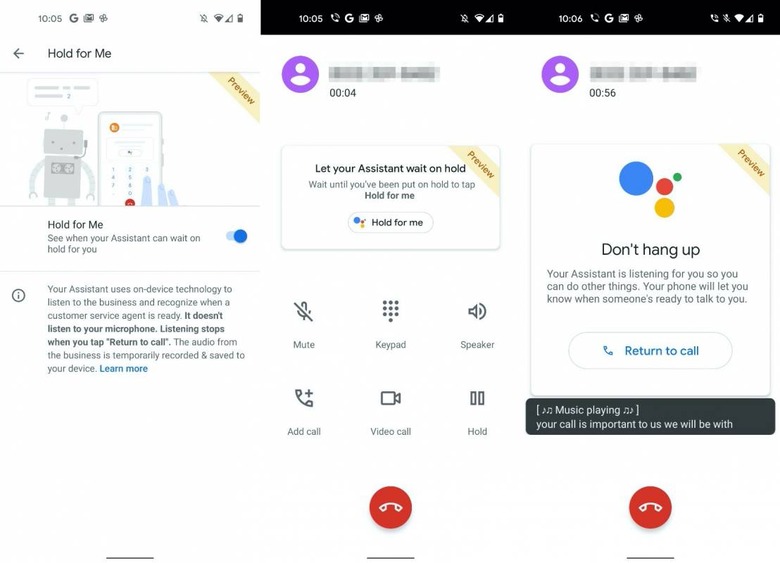
Google's updated Recorder, app, meanwhile, now makes jumping between sections of the transcript easier by picking out what it believes are the keywords. You can edit audio too – cropping out sections of the recording by deleting that part of the transcript – as well as editing the text, word by word. Recorder can also export clips as video, combining both audio and the text, though only if it's under 60 seconds in length.
What Google couldn't really do with software, though, is improve the Pixel 4's battery life. The Achilles heel of last year's flagship, the fact that the 2,800 mAh battery was going to be insufficient only seemed to come as a surprise at the Googleplex. For the Pixel 5, though, they've not made the same mistake.
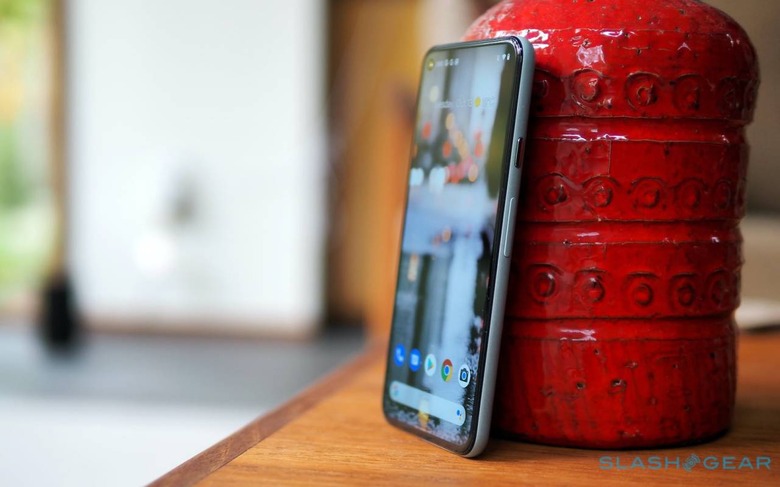
The battery is still non-replaceable but it's now 4,080 mAh on average, Google says, a far healthier size. As you'd expect that pays dividends on runtimes: the Pixel 5 can happily get through a full day now, with no need for that pesky top-up that Pixel 4 owners know all too well.
When it does come to recharging, the 18W bundled charger is fine but nothing special. We're seeing much faster rates from other Android devices, after all. There's Qi wireless charging support too, along with reverse wireless charging for accessories. That, cleverly, automatically turns on when you plug the Pixel 5 into its wired charger, though you can also activate it manually.
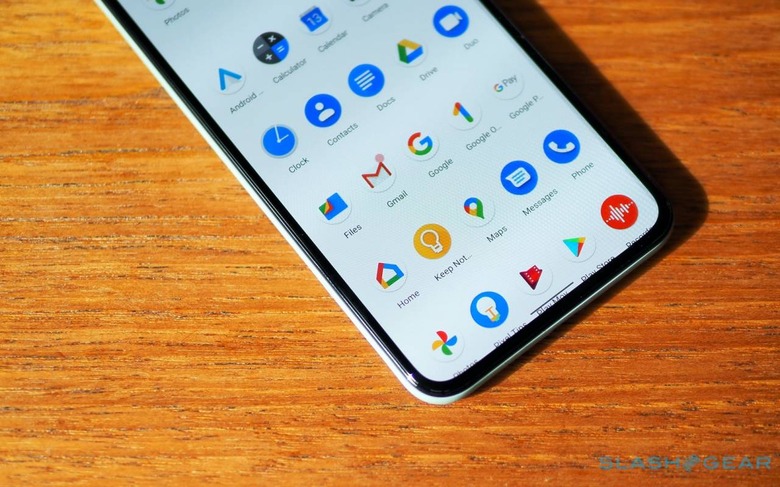
Somehow 5G manages to be both the big deal about the Pixel 5, and the new feature I'm least excited about. Certainly, supporting it feels like table-stakes for a new, high-end smartphone in 2020, especially one with any hopes of longevity. All the same, right now it just doesn't make that much of an impact on my day to day use.
That would probably be different were I living in an area with mmWave support, since the Pixel 5 includes both that and Sub-6 GHz capabilities. Millimeter wave is undoubtedly the fastest way to experience 5G in the US right now, but it's also the rarest. If you're not in one of the handful of locations – and, for that matter, in just the right spot in those locations – then for the moment it doesn't really matter.
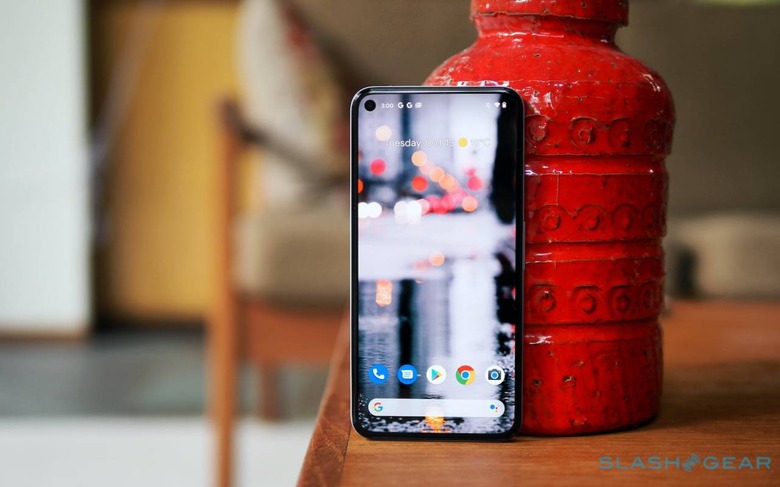
I'm more bemused by the absence of WiFi 6 which, in this time of working-from-home, seems more important. Like 5G coverage, the argument against WiFi 6 has until now been one of price versus availability, but we're starting to see compatible routers trickle down in price.
Arguably the biggest challenge the Pixel 5 faces was announced yesterday. Apple's iPhone 12 mini kicks off at the same price, supports the right flavors of 5G, has WiFi 6 and UWB, and is likely to give Google's phone a run for its money on computational photography, too. It also has the same flagship processor as the considerably more expensive iPhone 12 Pro Max, and I suspect many will be waiting for the first iPhone 12 mini reviews to see just how persuasive a package that turns out to be.
Pixel 5 Verdict
Google has arguably been the Pixel's worst enemy, with previous generations of phone demonstrating that its ambitions can easily end up outstripping its ability to fully deliver on them. The Pixel 5 works, in contrast, because Google showed some degree of restraint. By avoiding clever – but undercapitalized – gadgetry like Soli, Google manages to side-step the flaws that proved so frustrating with last year's flagship.
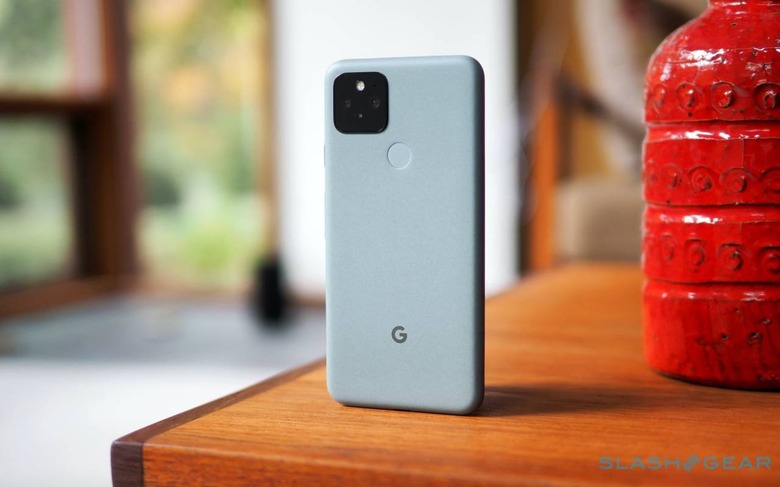
Indeed, the Pixel 5 is appealing because its hardware takes a step back and allows Google to shine where it glimmers best: its software abilities. Whether that's clever machine learning, mesmerizing computational photography, or simply coaxing the maximum performance out of Android and a mid-tier chipset, it feels like you're getting a lot more for your money.
In a year where four-figure, high-end smartphones run the risk of feeling out of touch, the $699 Pixel 5 seems much more compelling. By leveraging the recipe that made its "a"-series phones so strong, Google's features get to take the spotlight rather than questionable hardware decisions. While the Pixel 5 may not have all the tricks and gimmicks of rivals, it's a reminder that though specs are important, it really is what you do with them that counts.
